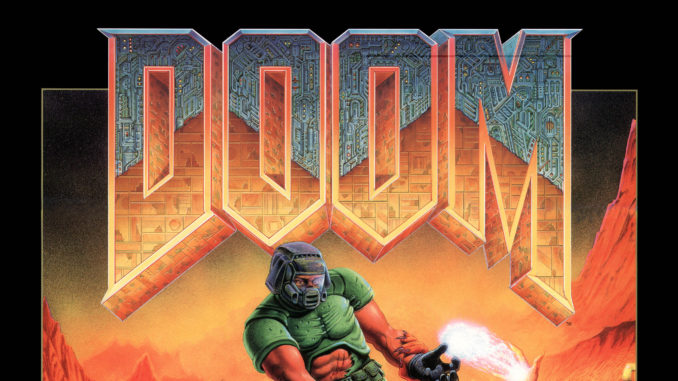
In trying to write a review for Doom Eternal, we struck a few unfortunate issues which put a hamper on the process. Unrelated to the game itself an untimely PC failure destroyed our plans, or at the very least forced us to adopt a different path. With the PC version now closed to us, we had no choice but to find another way.
Rather than going straight for a console alternative, we thought it would be interesting to take a look at the PC experience on a mobile system. This isn’t as impossible as it might seem, though the efficacy of our chosen path did leave a lot to be desired. To measure this process, we want to compare playing Doom Eternal on mobile to the experience we had playing online casino games. Both we did on PC first, both are available on mobile, yet one succeeds where the other falters. So what makes the difference?
Doom, Casino Games, and the Problem of Power
The most fundamental issue when it comes to getting Doom Eternal and online casinos to run well on mobile is, predictably, that of processing power. While Eternal is well optimised, it still requires significant storage space and a worthy CPU and GPU setup. As advertised, these minimum requirements include 8 gigabytes of system RAM, 50 gigabytes of storage space, and a dedicated graphics card with 2 gigabytes of RAM. Mobiles, simply put, do not contain hardware that powerful, at least not yet.
Compare this to any number of the games available at an online casino. While these system requirements will differ based on game and developer, we can at least use Microgaming as a measure, as they have some of the highest minimum requirements of any online casino developer.
The minimum system requirements for Microgaming include 128 megabytes of system RAM, 32 megabytes of video RAM and a maximum of 500 gigabytes storage space (though most games will be a couple of dozen megabytes at most). These are benchmarks passed by phones a decade ago, so running online casinos is not only possible on mobile, it doesn’t even make them break a sweat.
Doom Eternal on Mobile
It might seem impossible to run Doom Eternal on mobiles, but there another option. Through streaming systems like Stadia, what would be impossible becomes merely difficult. For those not up to date on game streaming, systems like Stadia essentially act like Netflix; most of the data is held off-site and then sent to your host device when needed.
The fundamental difference between Stadia and video streaming systems lies within just how demanding gaming is on bandwidth and latency. For a traditional game to play well, it needs to send 60 frames a second to your screen, compared to 30 or less for standard video. It also needs to respond consistently quickly, which is what latency refers to. Getting both of these to work reliably with the current infrastructure is, in simple terms, quite a challenge.
As a baseline, you need to have an incredibly fast connection, either from a home router or a 5G mobile connection for Doom Eternal to be playable. Knowing this, we did get some great fun out of sitting right next to our fast home router and blasting demons back to hell. Anywhere else though, or outside in our local 4G coverage, meant that play was essentially impossible.
Looking back at the comparison between Stadia’s Doom Eternal and online casino games leaves us with one unavoidable conclusion. The technology for making online casino games on mobile is ready, having long moved from being possible to be a digital cakewalk. Stadia’s game streaming, on the other hand, has a reach currently exceeding their grasp.
In some games, in perfect situations, game streaming systems can have a lot to offer. For most of us, in real-life scenarios, they’re still a few years away yet. It could be that 5G proliferation one day makes these as simple and reliable as the online casino example, but only time will tell if this prediction will really come to pass.

Leave a Reply